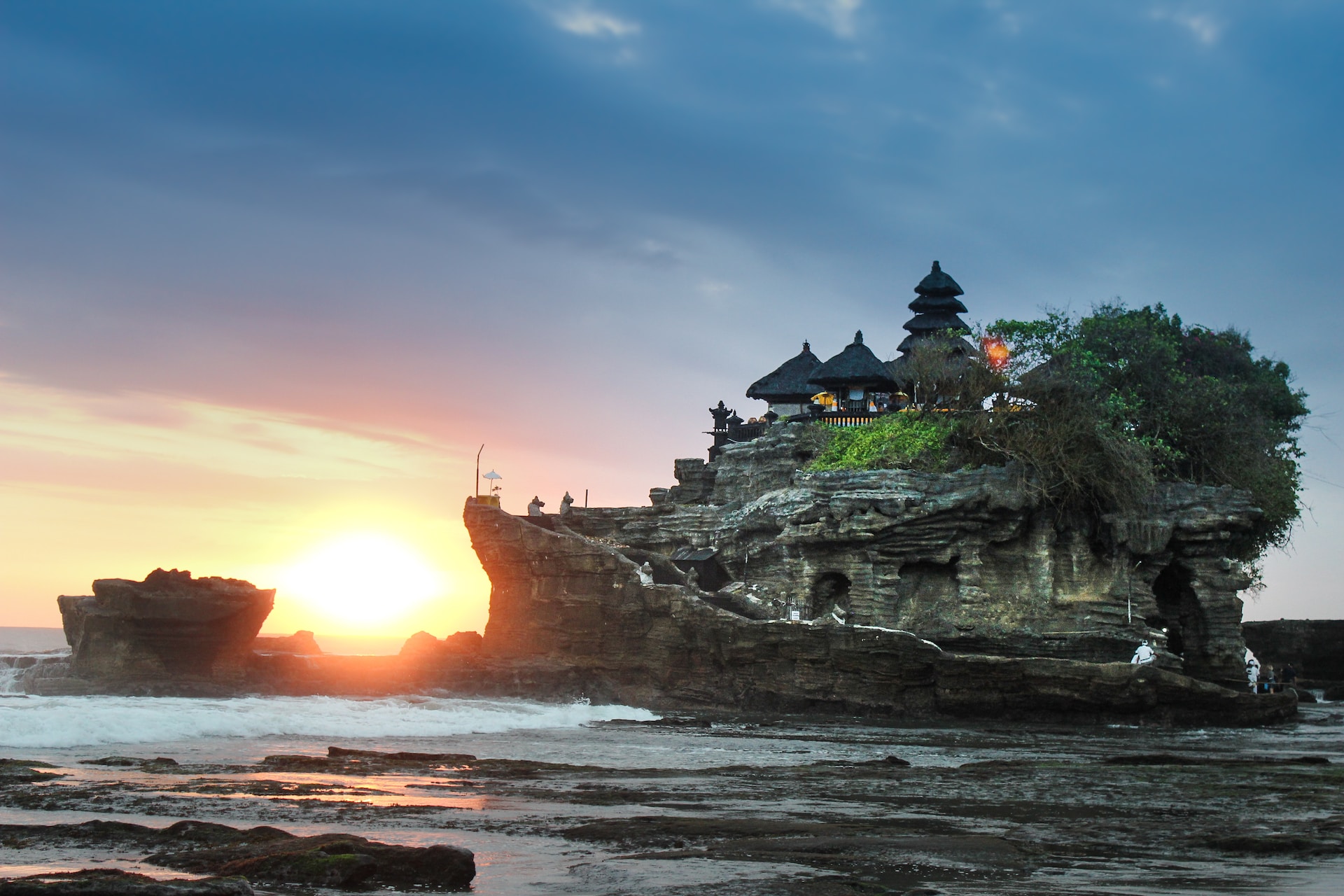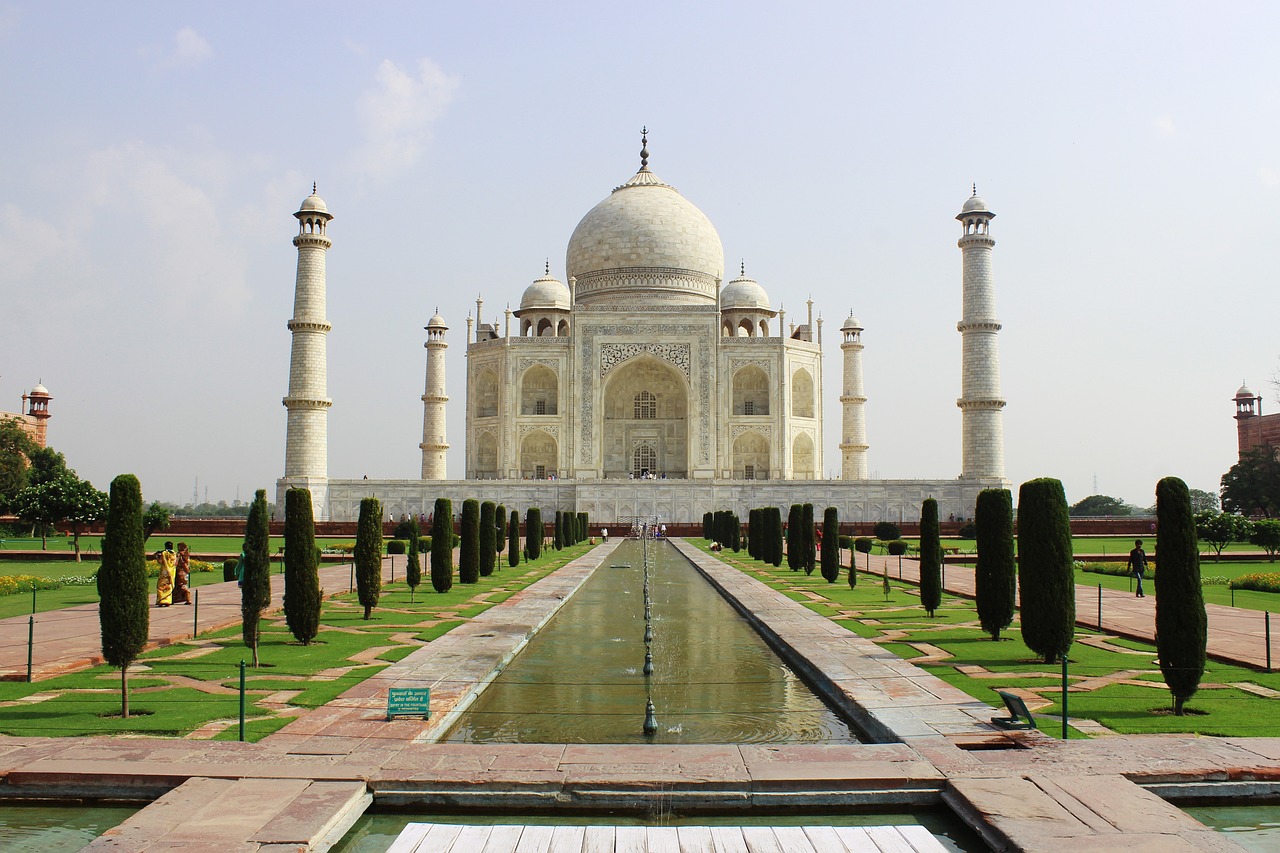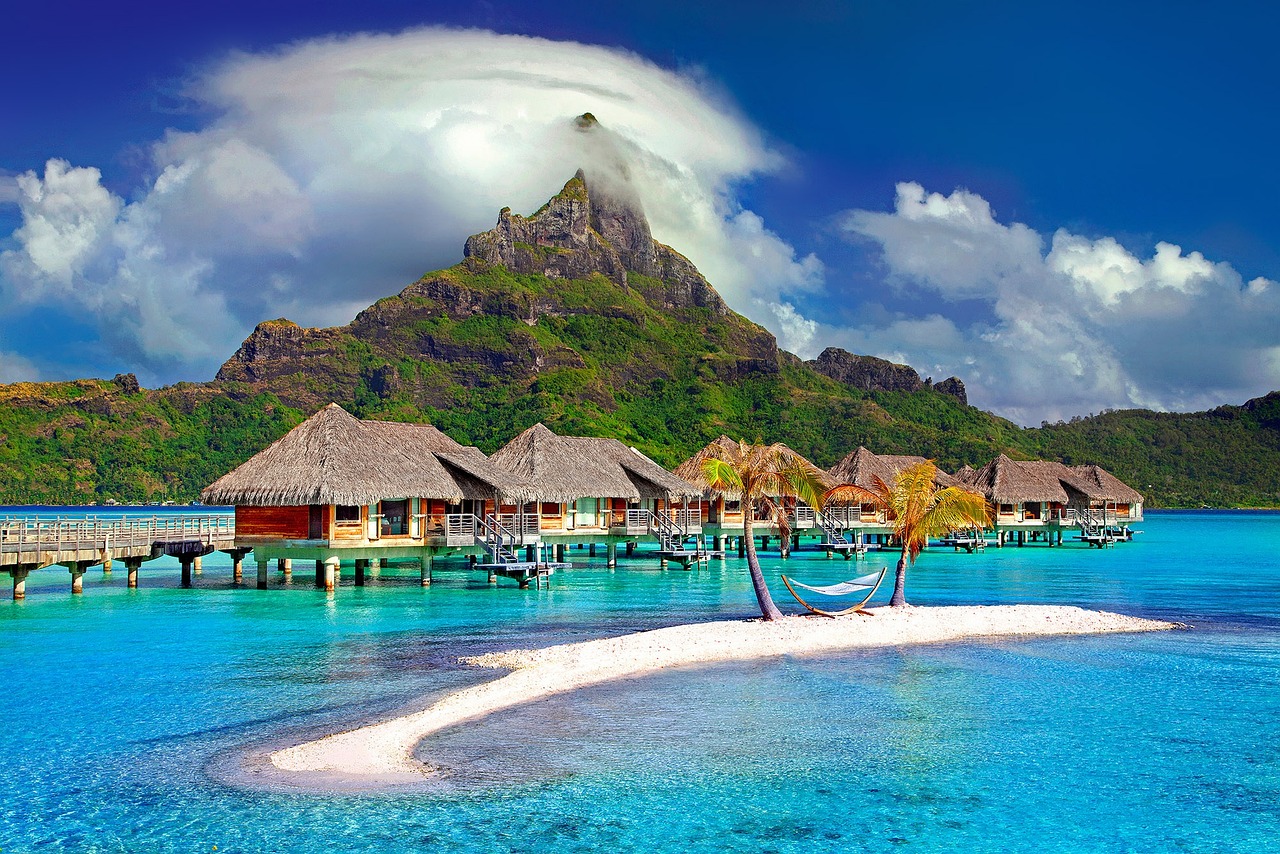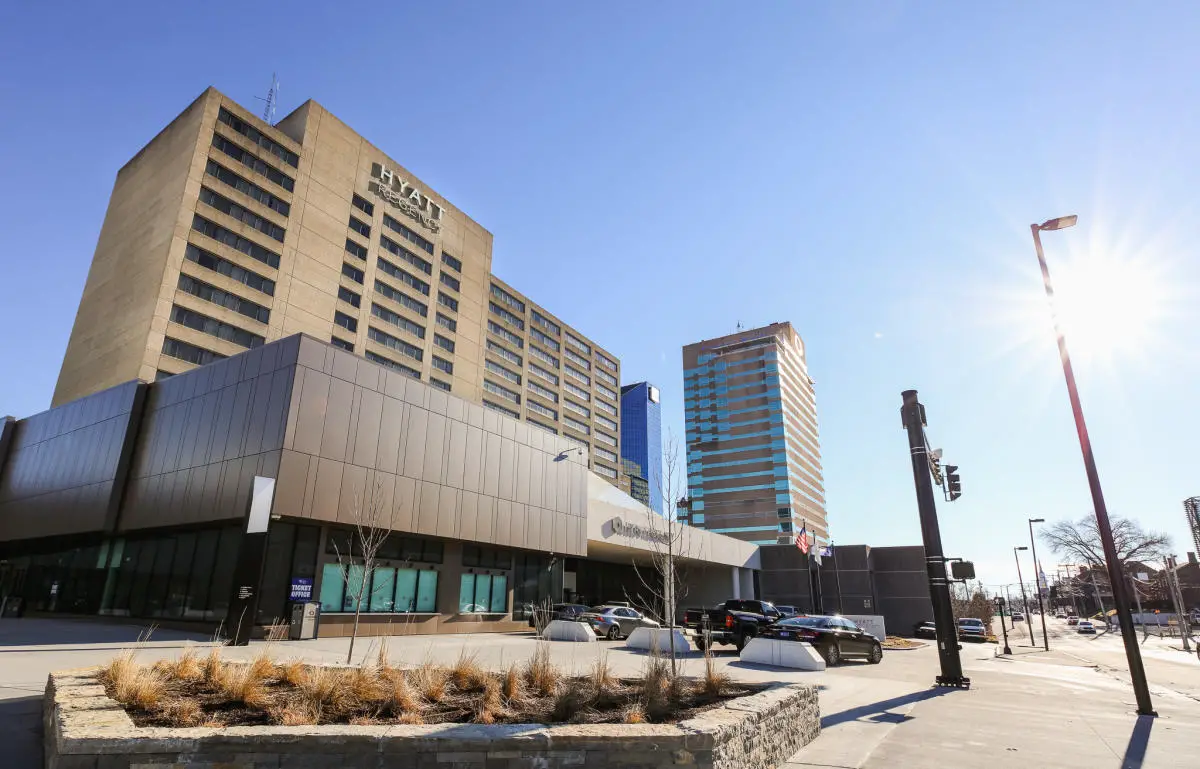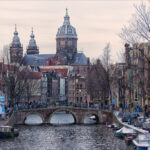As one of Italy’s most vibrant and dynamic cities, Milan offers a diverse range of neighborhoods, each boasting their own unique history, culture, dining, and nightlife. This piece will guide you through five of Milan’s most intriguing neighborhoods, providing insight into the best that Milan has to offer.
Brera
Brera, often termed as the ‘bohemian heart’ of Milan, serves as the artistic soul of the city. This district is a historic yet glamorous neighborhood that houses the famous Pinacoteca di Brera, home to a remarkable collection of Italian Renaissance art. Its cobbled streets, filled with antique shops and art galleries, tell a tale of a bygone era.
Not just history, Brera is also a culinary paradise. It’s renowned for its traditional Milanese restaurants like Il Cestino and La Brera, where you can savor classics like Ossobuco and Risotto alla Milanese. Packed with charming wine bars and cafes, the neighborhood is ideal for leisurely evenings, sipping Aperitivo, and people-watching.
Navigli
Navigli, named after the ancient canals around which the district was built, is another iconic neighborhood in Milan. It’s the perfect blend of the old and the new, showcasing Milan’s rich history alongside its contemporary culture.
A stroll down the canal-side is like a journey back in time, with its vintage boutiques, artisan workshops, and iconic landmarks like the Vicolo dei Lavandai. The Last Supper, one of the most famous works of Leonardo da Vinci, is housed at the Convent of Santa Maria delle Grazie, a short walk from Navigli.
This area also offers a vibrant food and nightlife scene. Fondamenta, with its outdoor terrace overlooking the canal, is a popular spot for dining. Nightlife thrives in this area with unique venues like the jazz club, Scimmie. On the last Sunday of every month, Navigli hosts a large antiques market, attracting vintage enthusiasts from around the world.
Porta Nuova
Porta Nuova, once an industrial district, has transformed into a modern, chic neighborhood. It is a testament to Milan’s evolution from a historical city to an international capital of fashion and design. This district is home to Bosco Verticale, an award-winning residential project famous for its vertical forest concept.
Despite its contemporary feel, Porta Nuova has not lost touch with its roots. Corso Como, a pedestrian area, is filled with elegant 19th-century buildings now housing fashionable boutiques and concept stores. 10 Corso Como is a particular gem, combining fashion, food, art, and design in a unique, sophisticated setting.
For foodies, Eataly offers the finest Italian produce, while the Michelin-starred Ristorante Berton serves innovative Italian cuisine. Come nightfall, the Hollywood Dance Club, the Blue Note Jazz Club, and Gattopardo House provide a variety of nightlife experiences.
Quadrilatero della Moda
As Milan is one of the world’s fashion capitals, a visit to the Quadrilatero della Moda, or Fashion Quadrilateral, is a must. This district, bordered by Via Monte Napoleone, Via Manzoni, Via della Moscova, and Corso Venezia, is filled with luxury boutiques, from Gucci to Prada to Dolce & Gabbana.
Historically, this area was home to Milan’s aristocracy, evident in the beautiful architecture of the palazzos. A notable highlight is the Bagatti Valsecchi Museum, a historic house museum showcasing the lavish lifestyle of the late 19th-century Italian nobility.
Despite the area’s focus on fashion, it is also renowned for its fine dining. The Marchesi pastry shop on Via Monte Napoleone offers exquisite Milanese pastries, while Il Salumaio di Montenapoleone, set in the charming courtyard of Palazzo Bagatti Valsecchi, serves classic Milanese dishes.
Isola
Last but not least, Isola (literally translating to ‘Island’) is a small neighborhood offering a delightful blend of the traditional and the avant-garde. Known for its community spirit, it showcases street art, jazz clubs, and a bustling food scene.
A walk around Isola uncovers the area’s rich history, from the early 20th-century architecture to the neoclassical towers of Porta Garibaldi. The recent addition of the ultra-modern skyscrapers has added a new facet to Isola’s skyline.
Amongst Isola’s narrow lanes, you’ll find traditional osterias serving home-style Italian cooking. At night, Isola comes alive with places like the Blue Note Milano, a famed jazz club, and Frida, a trendy bar popular with the locals.
In conclusion, Milan’s neighborhoods offer a captivating mix of history, culture, dining, and nightlife. Each district has its unique charm, allowing visitors to experience the rich tapestry of Milan’s past and its dynamic present.

